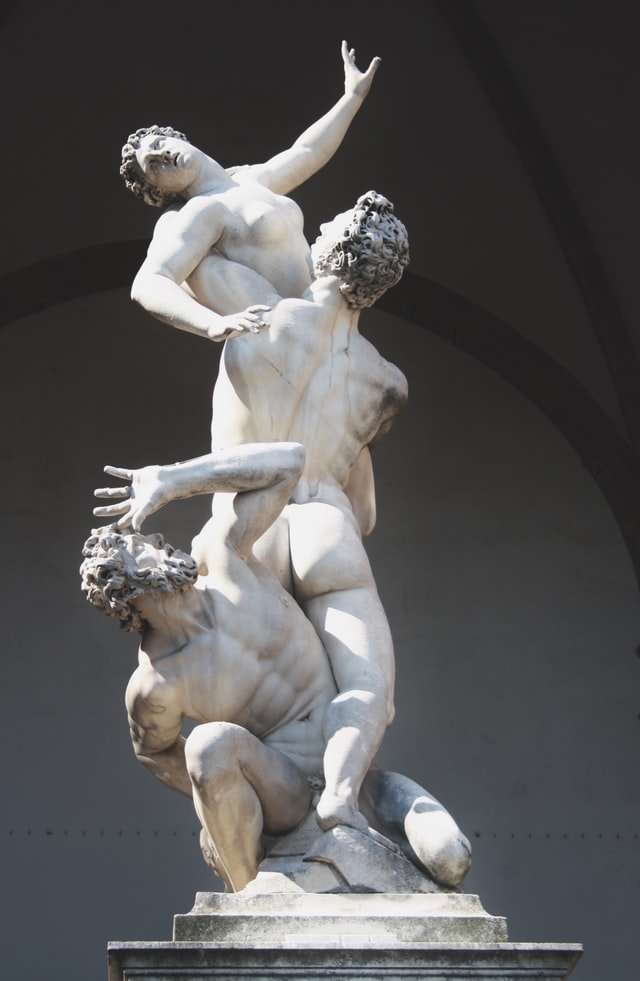What are the benefits of a residency program for an artist? And what can be expected from an artist who participates in one?
These questions are fundamental to artists who have become involved in residency programs, whether they were invited to participate as artists-in-residence, or as a resident. They are questions that need to be addressed before applying to any residency program. The answers may not always be clear, so it’s helpful to seek out information on the web. There is plenty of information on the web about what it means to be an artist-in-residence (AiR) or a resident artist, but it is scattered and often difficult to find.
The Art In General blog is here to help. Artists-In-Residence and Residency Programs: a blog on what’s required, what you can expect, etc., has been created for working artists by working artists. It is intended for artists who either have participated in residency programs, or are planning to apply to them in the near future.
Art In General’s mission is “to support contemporary art by providing a platform for critical discourse about all aspects of the field and its practice.” The Art In General public programming includes lectures and panel discussions with artists, curators and
Artists-in-Residence (AiR) are required to create a blog about their residency. AiRs are typically writers or visual artists, or a combination of the two, who spend time in a residency program. They blog during that time, and then they write an essay based on their blog posts at the end of their residency. The residency programs can be galleries, museums, libraries, schools, hospitals, universities, prisons and more.
AiR is an excellent opportunity for writers and visual artists to gain valuable experience and exposure in the arts community. Residency programs provide wonderful opportunities to artists whose work goes beyond traditional gallery or museum shows. Residency programs offer new mediums including writing residencies at zoos and other institutions with collections of living creatures.
Paid residencies have become more common as funding has diminished for arts organizations that provide residencies; however many unpaid residencies still exist. AiR requires that you find your own funding for your residency; stipends are not available for most programs. Each AiR also seeks to raise awareness of her or his work through social media and alternative marketing techniques.
AiRs’ blogs cover various topics from the experience of being an artist-in-residence to technical information such as how to
What I want to do is offer some practical suggestions for artists who are applying to and living in artist-in-residency (A/I/R) programs either temporarily or on a longer-term basis. I’ll try not to make it sound like a list of rules, because it’s really a report from the frontlines of my experience in these programs.
Tempting as it may be, I’m not going to suggest that you should always follow these suggestions, because every program is different, and there will always be exceptions. What I’m trying to say is that they’ve been the best way to make things run smoothly and get what you need out of the program.
For those who want more background information on A/I/R programs and residencies in general, see this article by Roslyn Bernstein. It gives a lot more detail than I intend to here.
Artists-in-Residence (AIs) and residency programs have been around since the ’70s, when they began to attract artists from abroad who wanted to explore new ideas and techniques in the US. The idea is simple: A person or an organization gives a visiting artist an apartment, studio space, some money, and a brief description of the type of work they want done. The artist then creates a body of work that meets the sponsor’s needs.
TAs have become common within many sectors of the art world. They’re particularly prevalent in New York and other cities with large numbers of artists and/or organizations willing to pay for them; but there are also TAs that are entirely free, or that take place in rural areas where no living expenses are provided.
That’s all well and good, but what makes a TA different from a traditional residency? There are three main differences: length, control over at-home life, and impact on local communities.
TA programs typically last anywhere from between one month to one year, which is long enough for an artist to immerse themselves in a city and make lasting connections with the people there. This is most effective if you’re given a significant amount of time — say 6 months or so —
Artists-in-residence programs are not the same as residency programs (often called artist-in-residence programs).
Artists-in-residency programs are often administered by museums, galleries, and other cultural institutions. They are intended to provide an artist with time and space in which to work. They tend to be short-term (from one week to one year) and geared towards developing a specific project or body of work.
Full residency programs, on the other hand, are often administered by colleges or universities, hospitals, or research institutions. The primary purpose of these programs is usually to provide independent research opportunities for scholars, scientists, and artists. Residents may be expected to give lectures or demonstrations; they may also teach classes or workshops. Full residency programs can be quite competitive and prestigious, but they are not intended to support the development of new work; rather they serve as a place where work can be completed.
In most cases artists-in-residence will have access to studio space that is separate from their living quarters, whereas residents in full residency programs will generally live where they work (though there are exceptions).
Artists-in-residence:
__* Are usually selected for specific projects rather than for their potential as future
I’m going to write about art, specifically what it means to be an artist residing in a city or town with an artist residency program. I’ll also talk a bit about the programs themselves. This is not meant to be a comprehensive guide or a how-to, but rather just my impressions and some information I have gathered over the years working with artists and programs.
In my experience, there are two ways an artist may look at such an opportunity: as a welcome relief from the stresses of trying to earn a living on one’s artwork, or as something to lean into, in order to make work that might not have happened otherwise. Which approach works better seems to depend on the individual; the only factor I see as relatively constant is that, whatever happens, one is almost certainly going to learn something and probably find some new material for work (either by seeing things differently or by having interesting conversations).
Some artists choose to stay in a residency for more than one period. Sometimes this is because they are using it as a sort of vacation; sometimes it’s because they’re taking their time deciding what direction their next project will take; sometimes it’s because they like it so much that they want to keep doing it.
The advantage of having a residency located near your
Any art project needs at least two elements: a creative idea and the ability to execute it. Art 21 is an art residency program that helps artists develop their creative ideas by giving them the time, space, and other resources they need to develop their projects. The program gives visual and performing artists from around the world the opportunity to work without interruptions for three or six months in our downtown Los Angeles loft in a community of like-minded artists…
Tone:matter-of-fact


